Amid Cross-border Feud, a Pricier Dodge Challenger Looks More Likely Than Ever

Man, if you live south of the 49th parallel, you missed quite a hubbub yesterday evening. Actually, Americans likely caught a whiff of it, as U.S. President Donald Trump’s lengthy post-UN press conference Wednesday covered a lot of topics, including the one that had Canucks up in arms.
Up here in the Great White North, a country some commenters would prefer to never see mentioned (as this writer apparently mentions it ALL THE TIME), trade remains an understandably hot topic. Canada hasn’t reached a renegotiated free trade agreement with the U.S., unlike Mexico, and there’s a Sunday deadline looming to sign on to the U.S.-Mexico accord. Tick tock. Among other planks, Canada wants to protect its dairy cartel — an entity not universally loved up here, as it greatly increases the price of common food staples on store shelves. However, protecting jobs in that sector means risking jobs in the larger auto sector, a crucial industry whose vehicles Trump has threatened to tax to the tune of perhaps 25 percent. Auto parts could see a 10 percent tariff.
Canada exported $48.8 billion worth of vehicles in 2016.
Toyota, Honda, and the Detroit Three all have assembly plants in Ontario. Last night’s news conference brought nothing but worry to the nearly 200,000 people employed in the vehicle and parts manufacturing sector. What would it mean if Trump pulls the tariff trigger? And is Canada blameless in not yet reaching a deal?
First, Trump’s comments from last night.
The president said he turned down a one-on-one meeting with Canadian Prime Minister Justin Trudeau “because his tariffs are too high and he doesn’t seem to want to move — and I told him, ‘Forget about it.’”
“We’re very unhappy with the negotiations and the negotiating style of Canada — we don’t like their representative very much,” Trump added, referring (it seems) to Foreign Affairs Minister Chrystia Freeland, who heads Canada’s negotiating team. “We are not getting along with their negotiators. Canada has treated us very badly.”
Trudeau’s office claims the request for a meeting never happened, but wouldn’t comment on the matter further. The National Post cites a source claiming Trump’s son-in-law, Jared Kushner, attempted to bring the two leaders together.
During Trump’s presser, the issue of protectionist measures in his neighbor’s dairy sector once again came up as a sticking point. It looks like neither side is willing to budge. According to government data, Canada’s dairy sector employs 22,904 in the manufacturing sector and 18,805 in the farming sector (2016 figures)
The same source states that the country’s auto sector employs 140,404 workers directly, with another 51,923 in the parts sector.
“If Canada doesn’t make a deal with us, we’re going to make a much better deal,” Trump said Wednesday. “We’re going to tax the cars that come in.”
According to U.S. firm Trade Partnership Worldwide, an import tax of 25 percent would increase the cost of a $30,000 Canadian-built vehicle in the U.S. by roughly $6,500. Think of that markup applied to a Toyota RAV4 or Dodge Grand Caravan. Or Dodge Challenger or Charger. Or Chrysler Pacifica. Or Honda Civic or CR-V. Or Ford Edge. Or Chevrolet Equinox. Or Lincoln MKX. And so on.
All built in Canada, they are. But Americans have the luxury of choice, and the majority of available vehicles roll in from factories (of both domestic and foreign OEMs) in the U.S. and Mexico. There’s already a trade deal between the U.S. and South Korea, so Kia and Hyundai and some wee little GM vehicles are covered. Europe and Japan? That’s a work in progress; talks remain ongoing (or, in the case of Japan, are poised to begin).
Should Canada retaliate with an identical tariff on U.S.-built vehicles, the markup would amount to roughly $5,000 on a $40,000 vehicle sold in Canada, according to DesRosiers Automotive Consultants.
The potential impact to Canadian jobs ranges from awful to catastrophic, depending on who you ask. The Canadian Automotive Dealers Association predicts 100,000 jobs in the manufacturing sector would be immediately at risk, with losses from dealerships bringing that number higher. Perhaps 30,000 higher.
“These figures aren’t alarmist, they are the reality that we face,” CADA economist Michael Hatch said in June.
In 2015, 28.1 percent of Ontario’s exports came from the auto sector, housed entirely within the borders of country’s most populous province. Obviously, an import tariff on auto parts would amount to an economic bomb lobbed southward across the Detroit River. It’s imperative that tariffs be avoided. Never mind the rah-rah-let’s-go-Canada-you-show-that-meanie-Trump rhetoric I hear and read up here. Neither this writer nor any autoworker in Windsor cares whether signing a less-than-ideal agreement or walking away from the table makes Trump or Trudeau look good. Those are just two jobs. Public sector, too!
Without being at the negotiating table, it’s hard to tell how much give-and-take has taken place. It’s impossible to gauge which side is being more unreasonable, or how much a less-than-favorable deal struck between Canada and the U.S. might harm the economy. Far less than an auto tariff, undoubtedly.
The political side of this is frustrating. Some on the right claim Canada’s dragging its feet strategically, as running against Trump, not his Canadian opponent, could benefit Trudeau in next year’s election. On the left, there’s those who just want to see their guy hammer Trump with right-on barbs (and who believe we’d be fine trading within the borders of our one-tenth as populous nation), never mind the unemployed workers. Well, ninety-five percent of Canadian-built vehicles are shipped to the U.S., so they’d better pony up and buy 10 come trade-in time.
It doesn’t help that Trump’s apparent dislike of Freeland could — could — stem, in part, from her participation in a Woman In the World panel discussion held in Toronto earlier this month. The panel, titled Taking On the Tyrant, lumped Trump in with people like Syria’s Bashar al-Assad. Critics of the appearance feel that Canada’s chief trade negotiator might have decided against appearing on that particular panel in the midst of NAFTA talks, thus waiving a giant red flag in Trump’s face. White House sources told the Toronto Sun that this seriously pissed off staff, but hey, Trudeau supported it. The appearance burnished the party’s carefully crafted brand.
Meanwhile, the clock continues ticking down to Sunday.
[Sources: Global News, CTV] [Images: Fiat Chrysler Automobiles, General Motors]

More by Steph Willems
Latest Car Reviews
Read moreLatest Product Reviews
Read moreRecent Comments
- Jkross22 Meant to ask.... what's the best oil to use in a popcorn popper? I've been wanting to try peanut oil, but can't find anything smaller than the huge container at smart n final.
- Ajla A union fight? How retro 😎
- Analoggrotto Finally, some real entertainment: the Communists versus the MAGAs. FIGHT!
- Kjhkjlhkjhkljh kljhjkhjklhkjh *IF* i was buying a kia.. (better than a dodge from personal experience) .. it would be this Google > xoavzFHyIQYShould lead to a 2025 Ioniq 5 N pre-REVIEW by Jason Cammisa
- Analoggrotto Does anyone seriously listen to this?

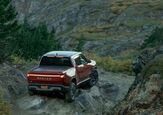

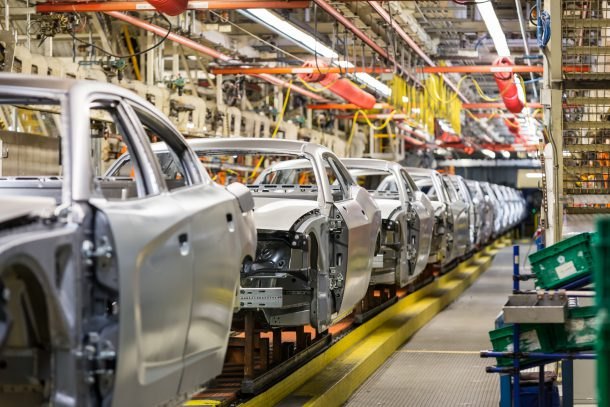
















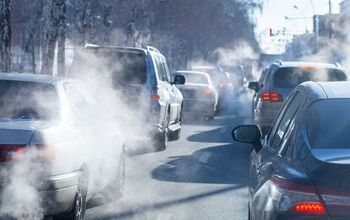
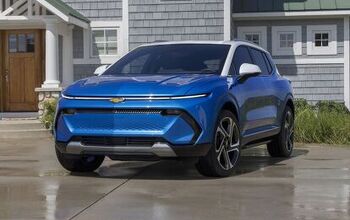
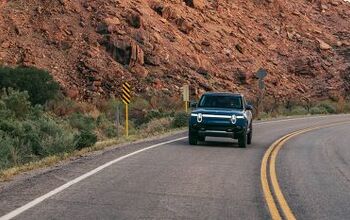

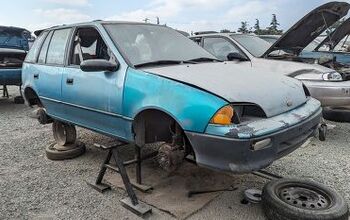
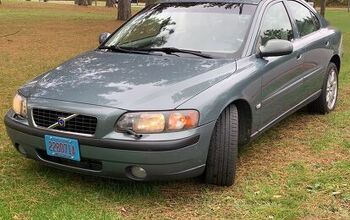
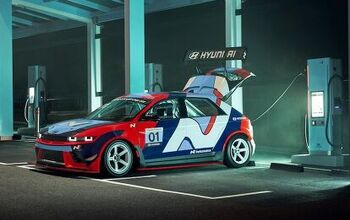
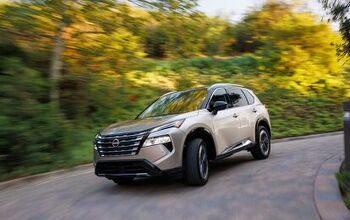

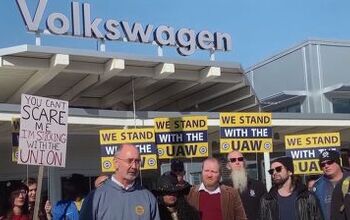
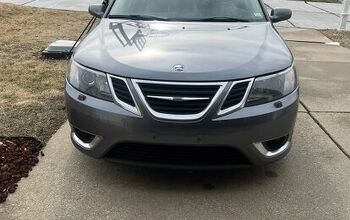
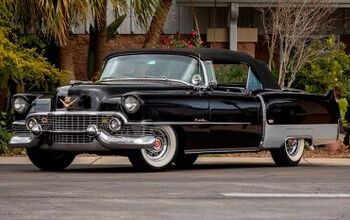
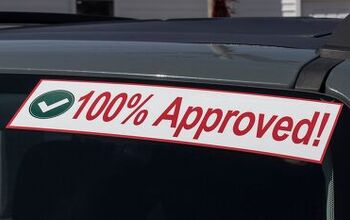

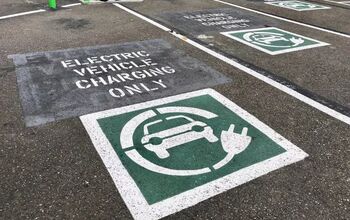
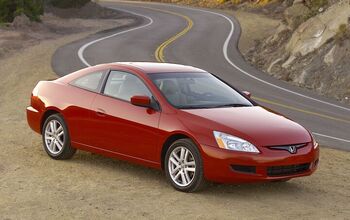
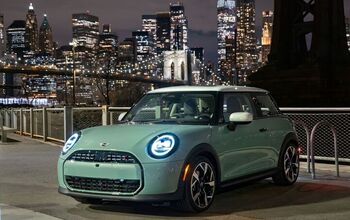
Comments
Join the conversation
Maybe the Canadians would be better off without the massive amounts of tax payer dollars dumped into the local auto industry, especially Ontario. It's well and good to say it creates jobs, but at what cost? Having an auto industry doesn't make a country better. Having the money to buy and operate a vehicle is a better option. The Canadians can do as we had done in Australia, let the vehicle manufacturing nations use taxpayer money to subsidise the industry so we can get cheaper imports.
Canada can make any deal they want with America but it will not be worth the paper it's printed on because America will renege on it as soon as it suites America. America withdraws from any international body as soon as something happens they don't like. The ICC is too just for America.